Cost Efficiency
Cost efficiency is a critical driver in the Modular Container Market. Modular containers often present a more economical alternative to traditional construction methods. The reduced labor costs and shorter construction timelines contribute to overall savings for developers and end-users. Recent analyses indicate that modular construction can be up to 20% cheaper than conventional building techniques. This financial advantage is particularly appealing in a competitive market where budget constraints are prevalent. As businesses seek to optimize their expenditures, the Modular Container Market is likely to experience increased demand for cost-effective modular solutions, reinforcing its position in the construction landscape.
Regulatory Support
Regulatory support is emerging as a significant driver in the Modular Container Market. Governments worldwide are increasingly recognizing the benefits of modular construction, leading to favorable policies and incentives. These regulations often aim to streamline the approval process for modular projects, making it easier for developers to bring their ideas to fruition. Recent reports indicate that regions with supportive regulatory frameworks see a 15% higher adoption rate of modular solutions. This trend suggests that as more governments promote modular construction, the Modular Container Market will likely experience accelerated growth, fostering innovation and investment in this sector.
Technological Integration
Technological integration plays a pivotal role in the Modular Container Market. The advent of advanced construction technologies, such as 3D printing and IoT, enhances the efficiency and functionality of modular containers. These innovations allow for quicker assembly and customization, catering to diverse consumer needs. Data indicates that the integration of smart technologies in modular containers can lead to a 30% reduction in construction time. Furthermore, the use of digital platforms for design and logistics streamlines operations, making modular solutions more attractive to businesses. As technology continues to evolve, the Modular Container Market is likely to see increased adoption of these advanced solutions, driving growth and innovation.
Sustainability Initiatives
The Modular Container Market is increasingly influenced by sustainability initiatives. As environmental concerns rise, businesses are seeking eco-friendly solutions. Modular containers, often made from recycled materials, offer a sustainable alternative to traditional construction methods. This shift is evident as companies aim to reduce their carbon footprint. According to recent data, the demand for sustainable building solutions has surged, with modular construction expected to grow by 25% in the next five years. This trend not only aligns with corporate social responsibility goals but also appeals to environmentally conscious consumers. The Modular Container Market is thus positioned to benefit from this growing emphasis on sustainability, as more organizations adopt modular solutions to meet their green building objectives.
Urbanization and Flexibility
Urbanization trends significantly impact the Modular Container Market. As populations in urban areas continue to swell, the demand for flexible and adaptable living and working spaces rises. Modular containers provide a versatile solution, easily reconfigurable to meet changing needs. This adaptability is particularly appealing in densely populated regions where space is at a premium. Recent statistics suggest that urban areas are expected to house 68% of the world's population by 2050, further driving the need for innovative housing solutions. The Modular Container Market is thus well-positioned to capitalize on this trend, offering scalable and efficient options for urban development.



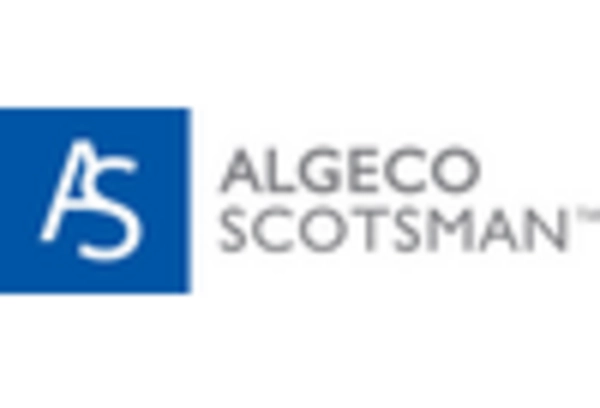
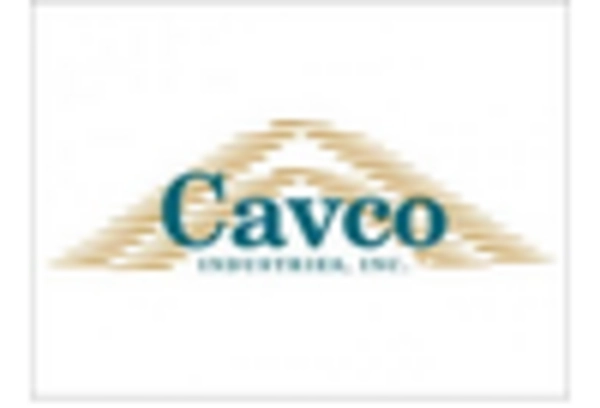
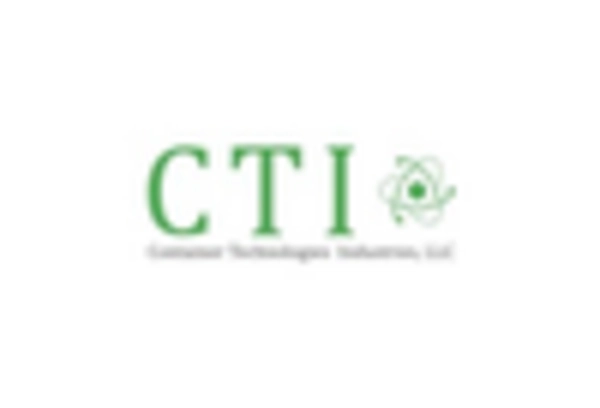

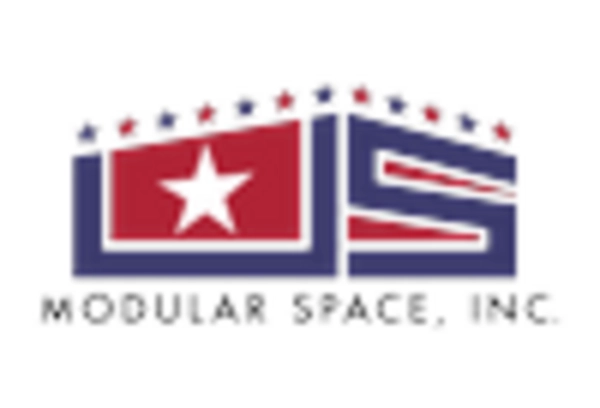
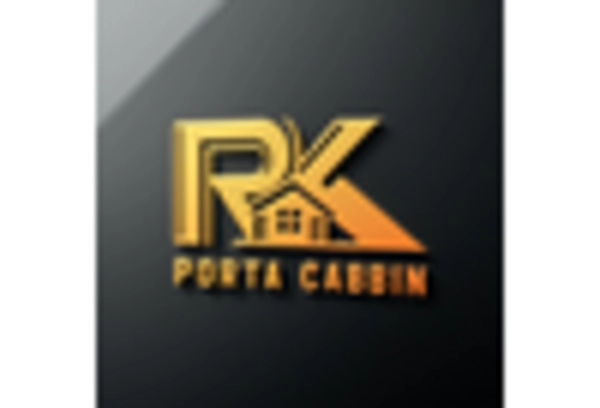








Leave a Comment